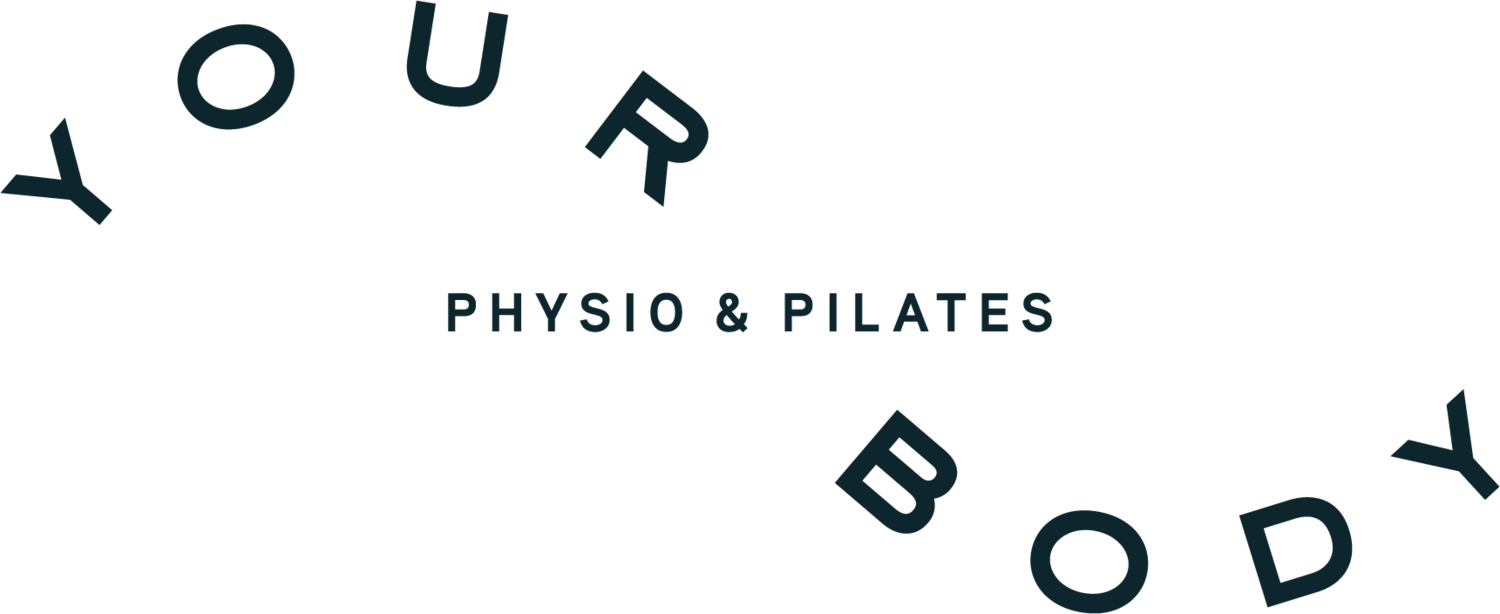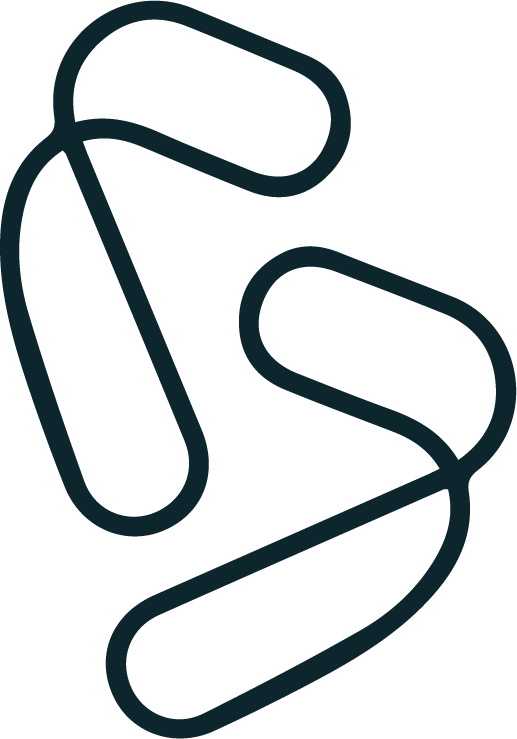Back pain is on the rise – here are five simple steps to protect your posterior
Back pain is one of the biggest health issues for people in Sydney and throughout Australia, and unfortunately, it’s on the rise. A recent report from the Australian Institute of Health and Welfare showed about one in six people in Australia had back problems.
This problem is not limited to any particular age group. We’re seeing increasing numbers of children, teenagers and adults suffering with back pain.
This rise could be due to the fact that many of us are increasingly adopting habits which don’t lend themselves to good back health. We didn’t evolve to spend hours sitting behind desks, carry around heavy schoolbags or spend a large amount of time with our necks cranked looking at phones or laptops. As our screen time has gone up, our back care has slipped – as have some of our discs.
Further, the COVID-19 pandemic has likely enhanced the issue, with many people now working from makeshift home office’s, which are less likely to be optimal for your back. Many people have reduced their exercise and sports activities following lockdown restrictions and during the colder months. This can lead to muscle atrophy or global muscle deterioration.
Those of us who work away from a desk are also at risk – many tradespeople roles involve a lot of heavy lifting for example, and even with the correct manual handling/lifting techniques applied, that type of activity is usually centred on a limited number of muscles, leaving those muscles overworked and others neglected.
It’s very common to see physical workers with prominent biceps and pecs but not much strength in their posterior back muscles. Overuse injuries are occurring more and more often in these dominant muscle groups, while others remain underused. This can lead to muscle imbalance in the surrounding joints.
Fortunately, there are a number of simple steps you can take to get in front of your back issues and regain control of your body’s health:
Keep Moving:
Like most things, our muscles degenerate if we don’t use them. There is a huge variety of gyms, sports, classes and other activities in Sydney now. If that’s not for you, try walking but make it challenging enough to get you breathless. Water walking is also great for back pain and general fitness, and where better could you be for a range of rock pools! Swimming is a useful way to keep your back muscles strong, but be careful swimming on an injured back as some strokes such as the breaststroke can be harmful, depending on your injury.
Watch Your Form and Posture:
Form and posture are everything whether you’re exercising or picking something up. If you have any doubt about what you’re doing, stop and ask an instructor, personal trainer or health professional for advice. If you’re returning to exercise after some time away, acknowledge that you might not be at the same level as before and start slow and low with weights.
Find What Works for You:
If exercise hasn’t really been your thing, you don’t want to spend money, or you’d prefer to avoid exercising with other people, that’s fine. Try experimenting with simple stretching and exercises at home to help keep your back strong. YouTube has a huge range of free exercises and ideas to stay fit at home with little-to-no equipment.
Make Up for Bad Habits:
As highlighted, much of the ‘natural’ parts of our lives are unnatural to how we evolved. We can address this in simple ways – a back cushion behind your office chair or car seat on a long drive goes a long way. Because we lean forward so much, it puts pressure on the front of our spine and the back of our discs. Further, we gradually become more inclined to stay hunched forward. Avoid creating a permanently hunched upper back by trying some back-extension exercises. Yoga and Pilates are a great way to incorporate some of these movements into your fitness regime. Using a foam roller every once in a while is also a great way to manage upper back tightness.
Don’t Wait:
If you’re suffering from back pain, you should talk to your GP or Physio and get the help you need. The longer you neglect an injury, the longer it can take to recover. Muscle-related back injuries can often take around six weeks to heal, and nerve-related injuries can be double that. Don’t put yourself at risk of long-term damage by waiting too long to address it.
Solving back pain is not beyond us; it just requires the right attention, movement, stretching and occasional treatment to keep our backs and our bodies healthy and strong. .

